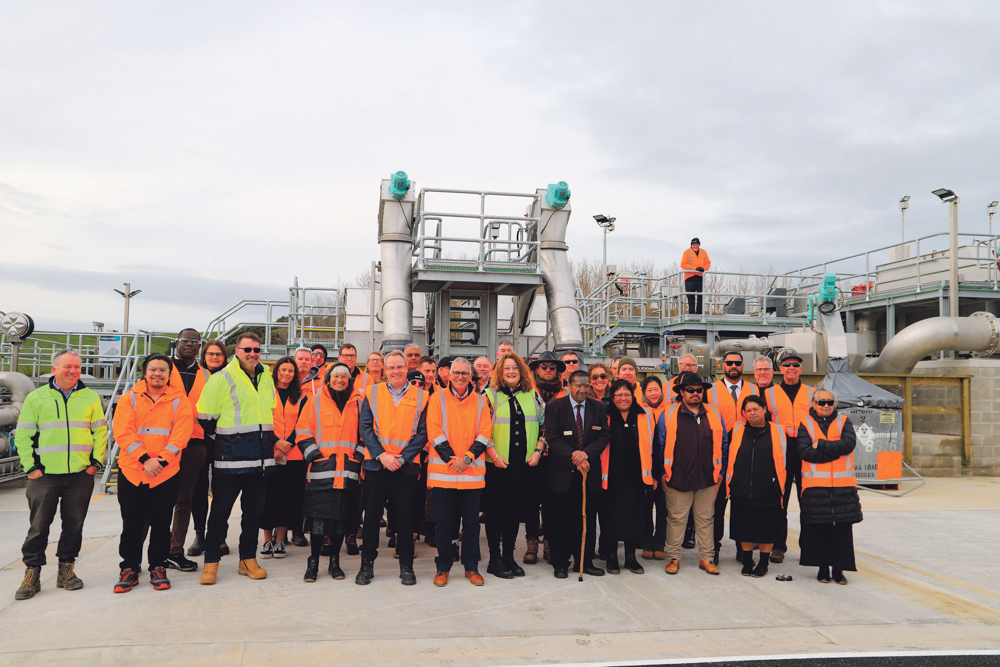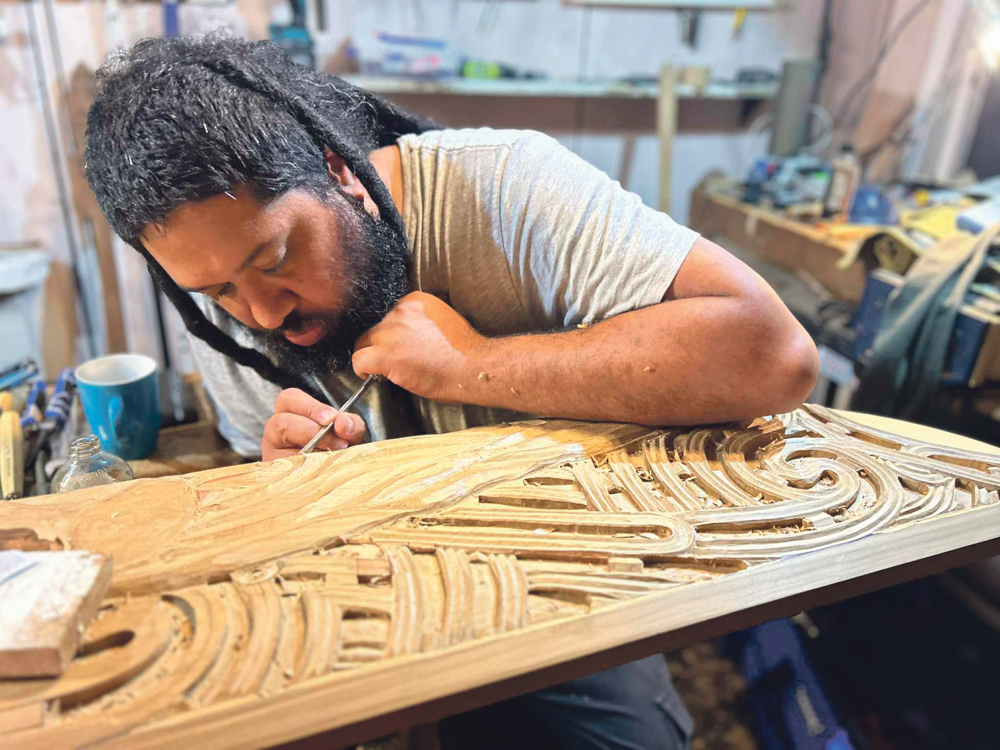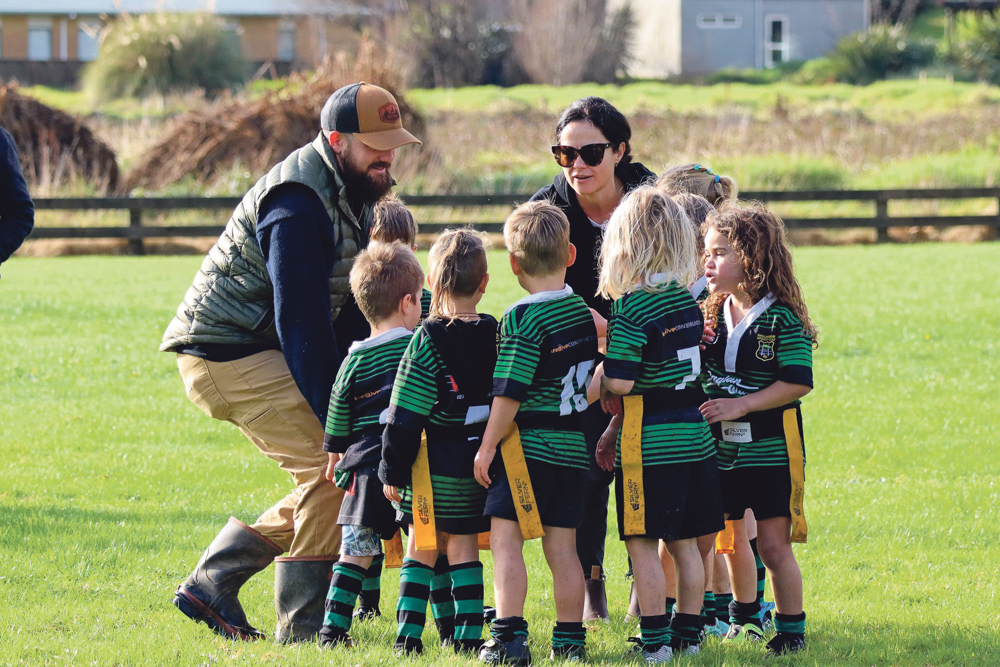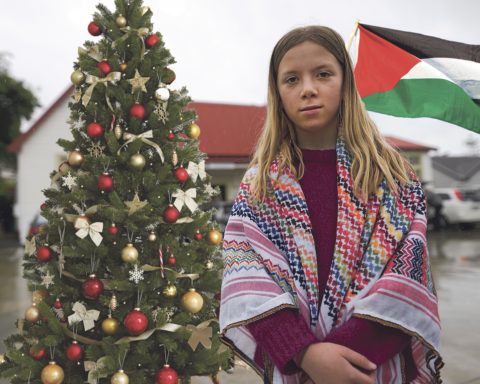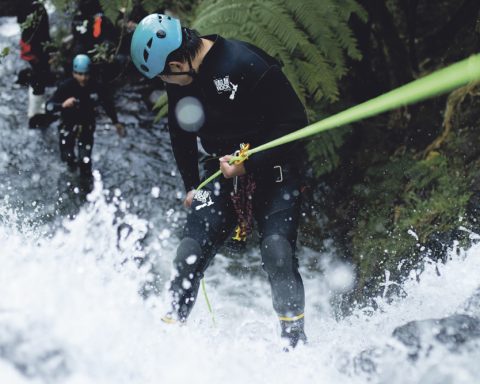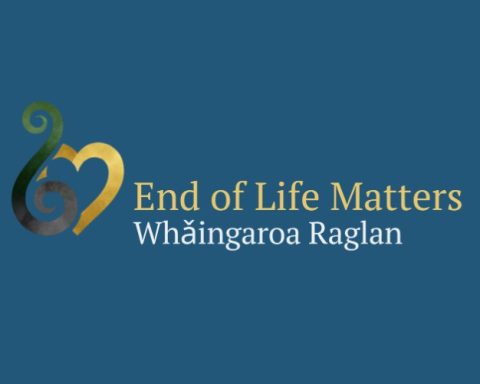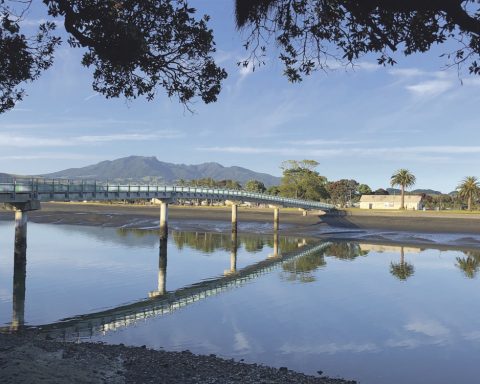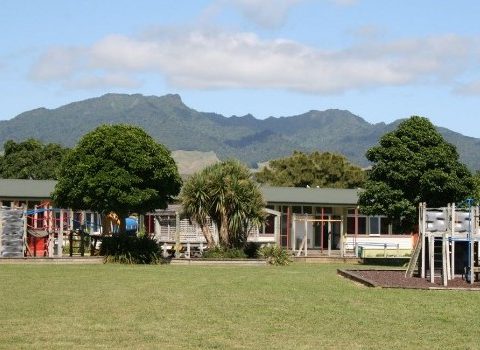Raglan’s wastewater just got a little cleaner with a state-of-the art infrastructure upgrade to the existing wastewater treatment plant.
The plant was recently opened by Waikato District Council (WDC), Waikato Watercare and was blessed by mana whenua.
Discharging near drinking quality treated wastewater, the upgrade ensures safe and efficient wastewater treatment, and enables a flexible solution for future discharge consent.
Utilising industry-leading technology, the new plant will deliver high-quality treated wastewater through enhanced nitrogen and pathogen removal, energy efficiency, and scalability to meet projected demand. It can now treat up to 6000 cubic metres of wastewater per day.
The final treated wastewater undergoes ultraviolet disinfection before being discharged to eliminate remaining pathogens without chemicals, ensuring the treated wastewater meets high environmental and public health standards.
The old oxidation ponds continue to provide storm buffering capacity, ensuring the system remains resilient and continues operating effectively during extreme weather.
Of significance to local iwi, the site, Te-Rua-O-Te-Ata, was the domain of Te Atai o Rongo, the taniwha protector of local Tainui tribes, whose lair was disrupted when the then Raglan County Council built an oxidation pond in 1977.
Local iwi were strong opponents to building the sewage ponds on this wāhi tapu site, but their protests were ignored and mention of the significance of the taniwha was even scoffed at by Raglan County councillors at the time.
They also raised objections to the pond and outflow pipe’s close location to sacred burial sites, the local marae and homes, as well as fears about the outflow affecting traditional shellfish beds and fisheries.
Angeline Greensill, whose parents Rex and Tuaiwa Hautai ‘Eva’ Rickard opposed the site being used for wastewater treatment, says this new plant goes some way to addressing the issues of the past and restoring traditional cultural practices and mahinga kai (food gathering).
“We have been objecting to this plant for 50 years now; from raw sewage being piped into the sea to almost fresh water is a good start. The council say they will be ready to pipe the water to land in five years; we want to see that happen in two years. Even better, the council could somehow reuse the water at the boat ramp for people to clean their boats.”
WDC chief executive Craig Hobbs says this infrastructure investment supports Raglan’s future growth and meets the needs of the community on sustainability.
“The plant can meet and adapt to seasonal populational change, which is incredibly important for Raglan as a domestic and international tourist destination. The influx of people around the summer periods and long holiday weekends often created pressure points with the old plant struggling to keep up. This helps protect our moana, the beaches everyone loves in Raglan and contributes to the long-term sustainability of this local treasure.”
Te Atai o Rongo is not just a taniwha but also an ancestor, a former chief, who met a tragic end. He is believed to have transformed into a taniwha after being murdered by his brother-in-law. His pregnant wife fled to Kawhia and gave birth to a son, and Te Atai o Rongo took on the form of a taniwha and became a kaitiaki (guardian) of the local iwi.
by Janine Jackson
